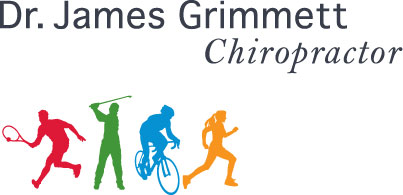Migraine and tension headaches commonly have a link with neck, upper back and/or jaw dysfunction. When I say dysfunction this includes tight muscles and fascia. Joint irritation such as restricted range usually occurs with the dysfunction as well.
The neck muscles (I have include upper back muscles and fascia as these are shared with the neck) and fascia have nerves running through and around them. When muscles tighten they can pinch or squeeze these nerves. Pain can then result in the head in the region the nerve supplies.
Local pain is certainly likely to occur where the muscle and joint irritation is but not always. When there is a headache and neck pain is present with the neck problem it is easier to appreciate the connection.
In cases where the neck muscles are tight but not to the degree that creates local pain, but still irritates a nerve that runs to the head, a headache can result wth no accompanying neck discomfort. These are the cases that are less obviously linked to a problem in the neck.
An example that many of us will remember as children explaining a headache that does not originate in the head is the intense short lived ice cream headache. When we eat ice cream too quickly the cold can irritate a nerve in the throat which influences a nerve running to the temple region of the head.
When the neck is the problem but there is no local pain there is a simple procedure the therapist can perform to help confirm this. Digital pressure to the involved muscle will usually reproduce the headache (or intensify the headache if present at time of the examination).
The good news for these types of headaches is that they usually respond quickly to manual therapy such as Active Release Techniques (ART). Simply put this treatment release the nerve from the tight muscles.
I should state here that there can be several other contributing factors for these common headaches such as food sensitivities (i.e. coffee, red wine…), hormonal imbalance, chemical exposure (i.e. paint fumes, carbon monoxide…), dehydration,…
For this reason a thorough history and physical examination should direct the therapist in understanding the likely cause of the headache. If tight muscles and fascia appear to be the cause or a contributing factor a short course of manual treatment should prove effective.
Research supports approximately 70% of benign headaches (i.e. migraine and tension headaches) have a causative link with neck problems. I included jaw problems as a likely cause of these headaches as it is believed 50% of neck problems are the result of jaw dysfunction.
I should also strongly state that there are serious causes of headaches that should be ruled out before commencing conservative treatment. These causes include infections, tumours, and strokes.
Again, the importance of a thorough history and examination is stressed here. If a serious cause of the headache is suspected the patient should be directed immediately to the hospital for emergency care.
